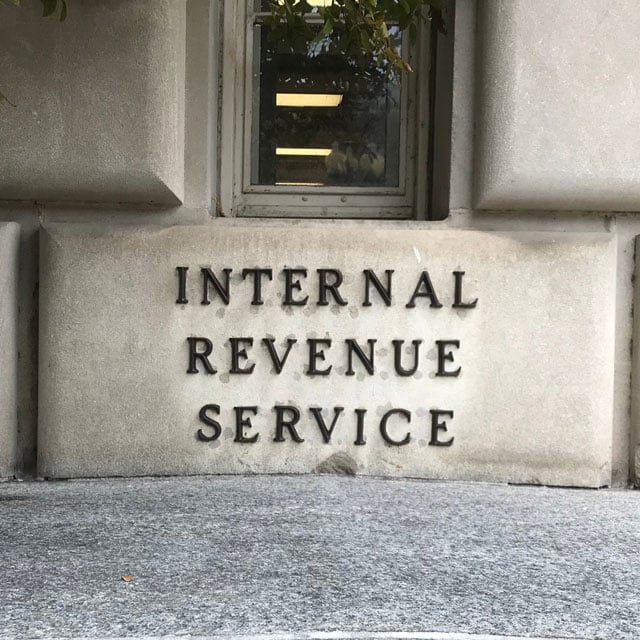What's the Future of IRS Direct File? GAO Wants to Know.

The IRS, according to the report, told Congress in May 2023 that it estimated the annual costs of a Direct File tax system could range from $64 million to $249 million, depending on the number of taxpayers served and the complexity of tax situations supported.
The IRS noted that it assumed a Direct File system would start with a limited tax scope.
“The IRS also included elements of a sensitivity analysis, another best practice for cost estimation, to examine how changes in assumptions may affect cost estimates,” the report states. “The IRS described how costs were expected to change depending on the number of taxpayers served and the complexity of tax situations supported.”
However, the IRS’s cost estimates did not address other recommended best practices, such as ensuring all costs were included and documented.
The GAO and the Treasury Inspector General for Tax Administration found that the IRS had no documentation to support the underlying data, analysis, or assumptions used for Direct File cost estimates.
Further, IRS officials told the GAO that the cost estimates did not include start-up costs, such as technology for a novel system, which could be substantial.
“Without a comprehensive accounting of costs, the IRS’s estimates could understate the full amount of resources required to develop and maintain a permanent Direct File program,” the report states.
The IRS should “use the cost and benefit data collected during the pilot along with other relevant considerations, to inform future decisions about the Direct File system,” the GAO said.




